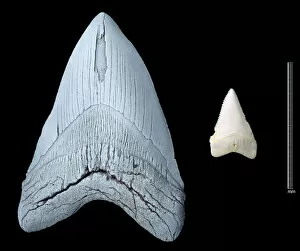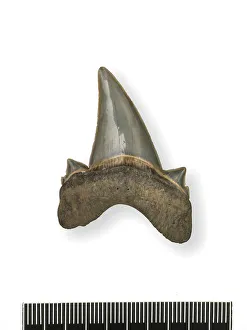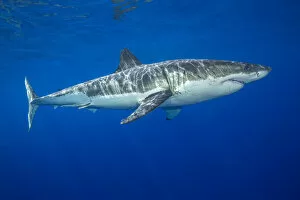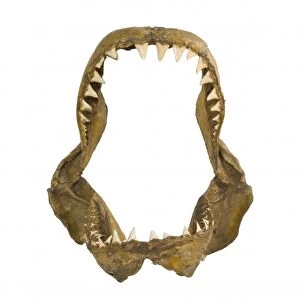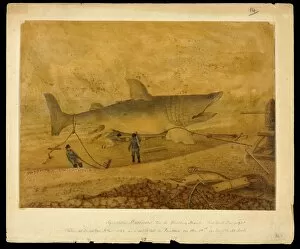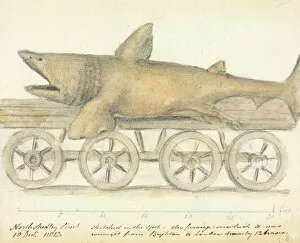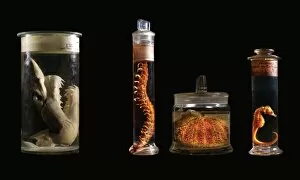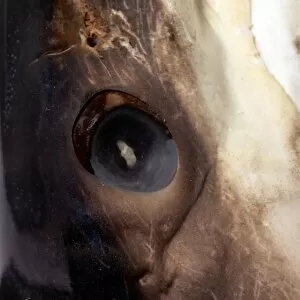Lamniform Collection
The lamniform, scientifically known as Squalus maximus, is a fascinating creature that has captured the attention of many throughout history
All Professionally Made to Order for Quick Shipping
The lamniform, scientifically known as Squalus maximus, is a fascinating creature that has captured the attention of many throughout history. One notable encounter with this species took place on December 5th, 1812, when a Basking shark was sighted and documented in Brighton. The Tonguestone found alongside its tooth revealed intricate lateral denticles, adding to the allure of these sharks' teeth. Sharks' teeth have always been a subject of fascination for their unique characteristics and impressive size. Among them is the Great white shark (Carcharodon carcharias), which was photographed off Guadalupe Island in Mexico. This magnificent specimen showcases the power and beauty of these apex predators. In the 19th century, artists were captivated by the majestic presence of Basking sharks. Their artwork immortalized these creatures in pieces such as C016 / 6210, C016 / 6211, and C016 / 6213. These paintings serve as reminders of our enduring curiosity about marine life. Even fossils tell tales of ancient sharks like the sand tiger shark whose teeth can be found preserved in sedimentary layers (Fossil sand tiger shark teeth C016 / 5551). These remnants offer glimpses into prehistoric oceans and remind us how far back these incredible creatures date. Whether it's encountering a massive Basking shark just one league away from shore or admiring artistic interpretations from centuries ago or even studying fossilized remains – each glimpse into the world of lamniforms leaves us awestruck by their magnificence and reminds us why they continue to fascinate scientists and enthusiasts alike.

